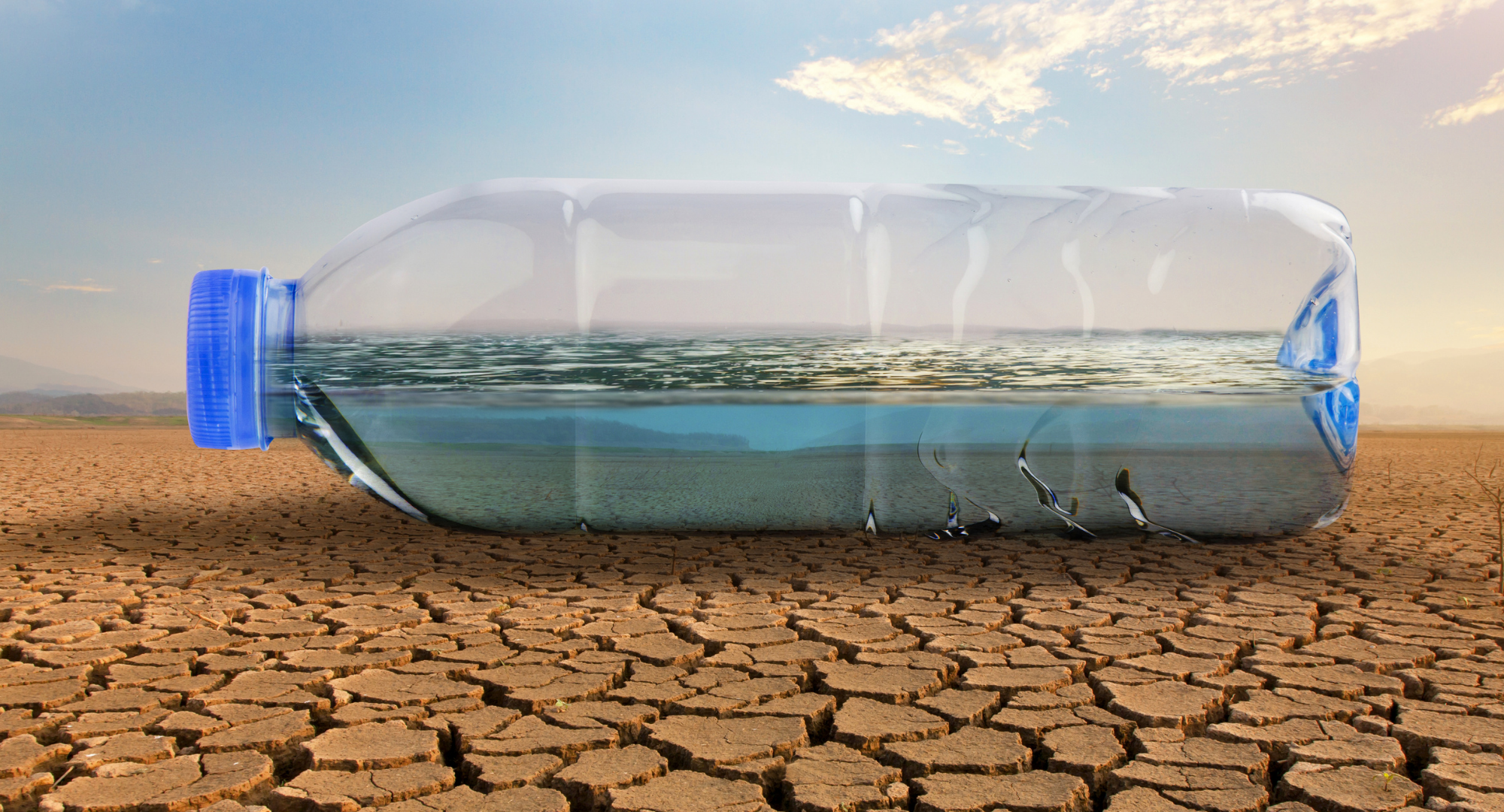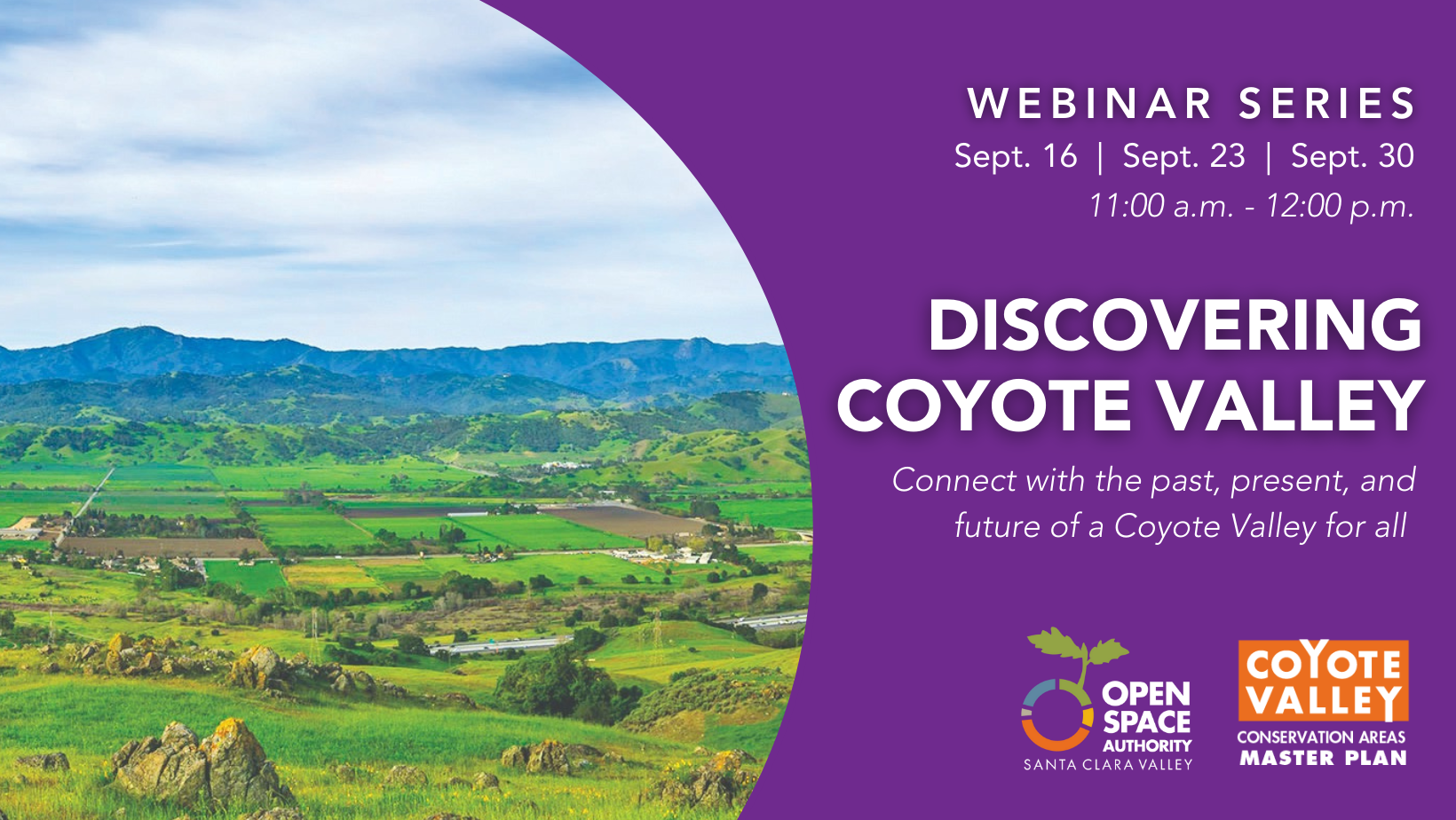On July 8, 2021, the State of California declared a state of emergency in response to climate change and worsening drought conditions.
As of August 19, the U.S. Drought monitor reported that Santa Clara County is facing extreme drought. With the county’s water shortage emergency making national news headlines, you are not alone if you’re experiencing eco-anxiety.
-1.png?width=619&name=Drought%20Listacle%20Photos%20(1)-1.png)
But there is hope amid this climate crisis. Through small, everyday actions we can all help protect our water supply - and (bonus) you’ll save money while doing it!
Keep reading to learn how you can make every drop count, and how the Open Space Authority works to protect and restore water resources.
1. Check your fixtures
Leaky plumbing, faucets, and toilets can end up wasting lots of water and money.
Pro tips:
- If you have real time water metering, check to see whether water use is recorded overnight – this may indicate a leak.
- Suspect a leaky toilet? Put food coloring in the toilet tank and wait 20 minutes. If you see any food coloring in the toilet bowl, you have a leak. Try replacing your toilet flapper - an easy DIY fix.

2. Run full loads of dishes and laundry
Washing a full load of clothing can save 15-45 gallons per load.
Pro tip: Wear clothing more than once when possible. This may be easier said than done, unless you're working from home. Then again - with mask wearing and physical distancing protocols in place, who's to say anyone will notice?

3. Take shorter showers
Setting a timer when you shower can help improve self-discipline and mindfulness. With any activity, being present makes it easier to focus and stay conscious of your everyday habits.
Pro tips:
- Use a water-efficient showerhead to save 12.5 gallons per five-minute shower.
- Prefer taking baths? Fill up your tub half-way to save 12 gallons of water per bath.

4. Turn off the tap
Turning off the tap while brushing your teeth (or performing other tasks) can save up to 10 gallons of water per person, per day.
Pro tip: Install aerators to save 1.2 gallons per person per day. Aerators are small attachments that conserve water by maintaining a constant rate of water flow.

5. Compost
Try composting instead of using garbage disposals that require you to use running water.
Pro tip: Add thin layers of compost to bare soil as a barrier against evaporation. Compost increases the amount of water soil can hold and reduces the amount of water your plants need.
6. Update appliances
When it’s time to purchase new appliances, look for models that use less water. According to the Environmental Protection Agency (EPA), newer dishwashers use around six gallons per load on average, while older models use around 10 gallons.
Pro tip: Check with your water and energy providers to see if they offer rebates or discounts on appliances to help you make your home more water- efficient.

7. Recycle
There are lots of opportunities every day to recycle indoor water for various purposes.
Pro tip: Waiting for the water to heat up? Cut your water use by 30% by recycling indoor water in a bucket or tub to use outdoors.

8. Plant native or drought-tolerant plants
Once established, native plants usually require minimal supplemental irrigation. While drought-tolerant plants aren’t always native to the area, they are more likely to survive without requiring a lot of water.
Pro tip: Ask your local nursery which plants do best in your area.

9. Choose your timing carefully
Water your plants in the early morning or evening for maximum efficiency. Avoid watering during the heat of the day to reduce evaporation.
Pro tips:
- Use a positive shut-off nozzle when you water. (This uses 2.5 gallons per minute on average.)
- Don’t have time to hand water? Consider installing drip irrigation to save 15 gallons with every watering.
- Mulching your garden can also save 20-30 gallons of water per 1,000 square feet every time you water your garden.

10. Reimagine your landscaping
Drought-friendly gardens are on trend.
Pro tips:
- Help pollinators by planting native milkweed, and or nectar bearing flowers to create an attractive alternative to traditional lawns. (Read more about this fall's Western monarch butterfly migration HERE.)
- Check out your local water district to see if they offer a Landscape Rebate Program.
- Not ready to say goodbye to your grass? Set your mower blade to 3” to encourage your lawn to grow deeper roots. This can can save 16-50 gallons of water per day.
11. Consider greywater
Greywater is lightly used water from showers, bathtubs, sinks, and washing machines that can be reused. Click here for more information.
Pro tips:
- Install a greywater system yourself or with the help of a professional.
- Use greywater to water your ornamental plants like trees, shrubs, flowers, and native grasses.
Bonus tips:
- Check out Valley Water’s Free Gear program to get water conservation devices at no cost to help you save water and money.
- Want to learn more about how Coyote Valley supports clean water supply in Santa Clara Valley? Watch our webinar about Coyote Valley's important water resources here.
Doing our part:
As we work together, no action is too small to ensure enough water to support our communities now and in the future.
The Open Space Authority works to protect and restore water resources to benefit local communities, the environment, and to provide resilience to a changing climate. So far, we've protected more than 10,000 acres of vital watershed lands in the Santa Clara Valley.
A new report from the Open Space Authority, in partnership with Santa Clara Valley Water, explores how land conservation can address water supply challenges. Read more about this in our latest article, Drought Resilience Through Restoration HERE.
Resources:
- Coyote Valley Water Resource Investment Strategy Report HERE
- Click HERE to learn about the Authority's new approach to restoring Coyote Valley's watershed to help make drought impacts less severe.
- Santa Clara Valley Water www.ValleyWater.Org
- Water saving stats courtesy of Save Our Water www.SaveOurWater.com
- Drought Monitor https://droughtmonitor.unl.edu
- Urban Ecological Planning Guide for Santa Clara Valley
- Open Space Authority's Water Resources Goal and Guiding Principals
- Water cycle infographic HERE
- Santa Clara Valley Greenprint HERE





